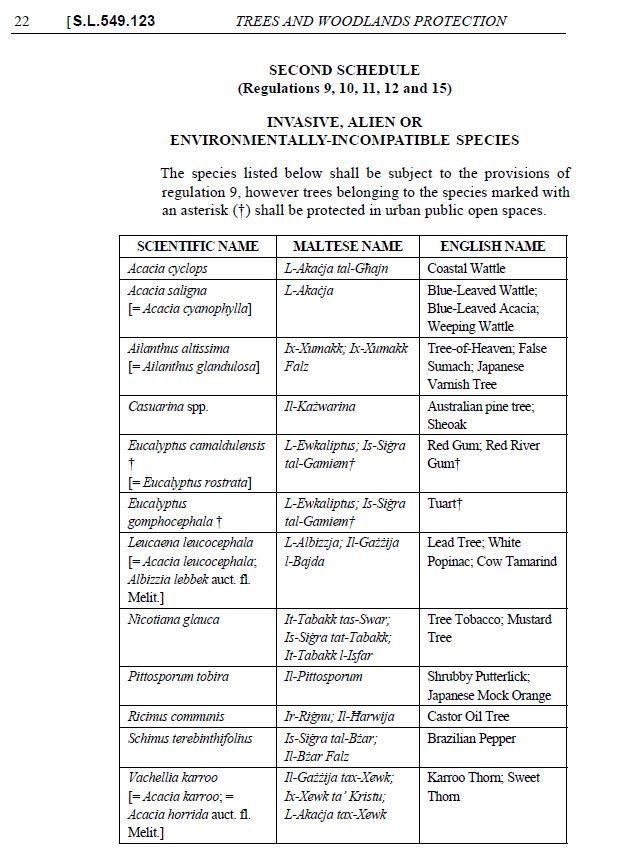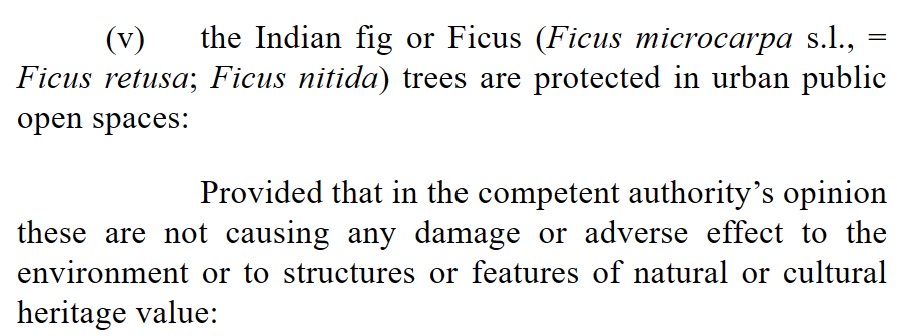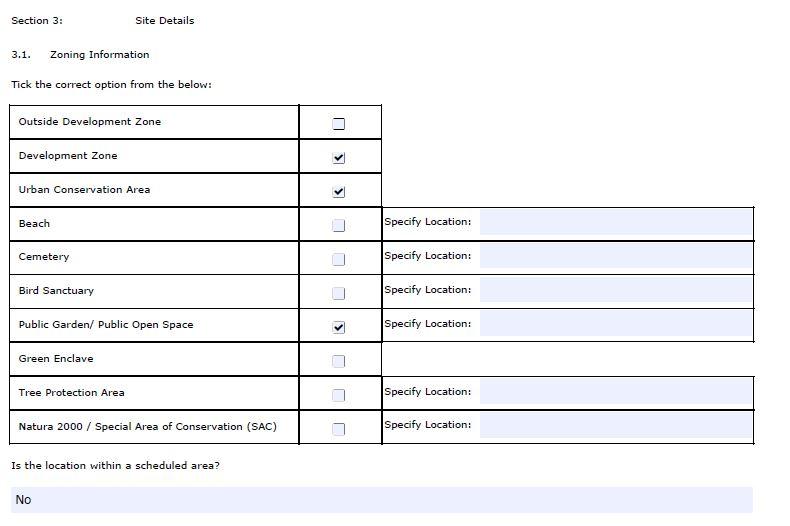A decision by Mosta’s local council to uproot and transplant 12 mature Ficus trees away from the town’s square sparked nationwide anger and an overnight protest on Tuesday 14 November and developed into a political controversy.
The town of Mosta is currently undergoing extensive infrastructural works, with an ongoing pedestrianisation project in the town square set to be completed soon. The original plans for the project do not list the removal of the trees.
Speaking on the evening of Tuesday 14 November, Environment Minister Miriam Dalli defended the decision describing the trees as an “alien” species. Prime Minister Robert Abela also said the trees were “invasive”.
The Mosta council reversed its decision on Wednesday 15 November, following a public outcry, and pledged to keep the trees in place.
The council unanimously voted in favour of transplanting the trees and replacing them with indigenous ones at a meeting held on October 3. It obtained an Environment and Resources Authority (ERA) permit to do so on November 6.
An ERA case officer’s report dated October 31 noted that the council had argued that the intervention was required “to improve the overall design of the square by transplanting the Indian laurel trees that are considered as alien species from site, and to replace them with indigenous species.”

The ERA report describes the trees as being of the Ficus macrocarpa species. No such species exists and this appears to be a typo referring to Ficus microcarpa, more commonly known as the Indian laurel, Indian fig or Chinese Banyan tree.
Which laws regulate trees?
The care of trees and tree species is regulated by the 2018 Trees and Woodlands Protection Regulations, which list protected species, those considered to be alien or invasive to Malta, and explains when and how to apply for a permit to carry out work on a tree.
The regulations also list the fines anyone caught breaching the regulations must pay.
Separately, the ERA also has its own guidelines on how work on trees should be carried out. Issued in 2019, the guidelines go into greater detail about how and when trees should be pruned, uprooted or transplanted.
The guidelines also make reference to the 2018 regulations.
Which trees are alien or invasive?
An alien species is one that has been introduced into an area by humans. Ficus microcarpa is native to Asia and can therefore be considered alien to Malta in a broader sense.
However, the 2018 regulations specifically list tree species it considers to be ‘Invasive, Alien, or Environmentally Incompatible’.
Such species are deemed to be detrimental to the natural environment and the regulations specifically allow the regulating authority – in this case, ERA – to implement projects to eradicate them.
According to the regulations’ second schedule, 12 tree species are considered to be alien, invasive or environmentally incompatible in Malta and Gozo. Ficus microcarpa is not among the species listed.

The ERA subsequently told Times of Malta that the regulations’ second schedule was not an exhaustive list and only included alien and invasive species “for which eradication, control and relocation programmes may be implemented.”
It provided a PDF list of over 70 “alien species that should not be planted in rural areas.” Ficus species are included on the list, titled Annex II, and an ERA spokesperson said that the species is indeed considered an alien one.
The ERA case officer’s report did not make reference to Annex II.
Which trees are protected by law?
The regulations also specify which tree species enjoy legal protection.
Any interventions on such trees require an ERA permit, with an exception for general pruning of such trees within private gardens.
Around 30 tree species enjoy full protection, while just under 50 other species are protected if they are within protected areas, in Outside Development Zone areas, in green areas, in natural or rural enclaves within urban areas or in urban public open spaces.
The Ficus microcarpa is specifically highlighted as a species that is protected in urban public open spaces, unless it is “causing any damage or adverse effects” to the surrounding environment.

According to minutes of a Mosta local council meeting held on August 28, Mayor Chris Grech said two of the Ficus trees were causing damage. He told councillors that one of the trees’ roots had penetrated a well and another was damaging a pavement.
However, neither the ERA case officer’s report nor the ERA permit granted to the council make any reference to any of the trees causing any damage. The ERA permit allowed the council to uproot all 12 Ficus trees in the area.
The 2018 regulations also protect any trees that are over 50 years old or appear in the 1967 aerial photos on the Planning Authority’s website, provided they are within protected areas, ODZ, Urban Conservation Areas (UCA) or in urban public open spaces.

In its permit application, the council noted that the trees are within a UCA and public open space.
Verdict
Ficus microcarpa is not listed as an alien or invasive species under the 2018 Trees and Woodlands Regulations. Instead, the law specifically mentions it as a species that is protected in urban public open spaces.
The law also protects all trees in urban public open spaces that are older than 50 years old or that appear in the 1967 aerial photos used by the Planning Authority.
ERA’s own guidelines are based on these laws.
However, an ERA list that is not referenced in the law and which was not mentioned in the case officer’s report lists Ficus trees as an alien species that should not be planted in rural areas.
The claim is therefore misleading as although the claim may, in itself, be partly or entirely true, it is presented in a manner that is not representative of the facts within a broader context.
The Times of Malta fact-checking service forms part of the Mediterranean Digital Media Observatory (MedDMO) and the European Digital Media Observatory (EDMO), an independent observatory with hubs across all 27 EU member states that is funded by the EU’s Digital Europe programme. Fact-checks are based on our code of principles.
Let us know what you would like us to fact-check, understand our ratings system or see our answers to Frequently Asked Questions about the service.





